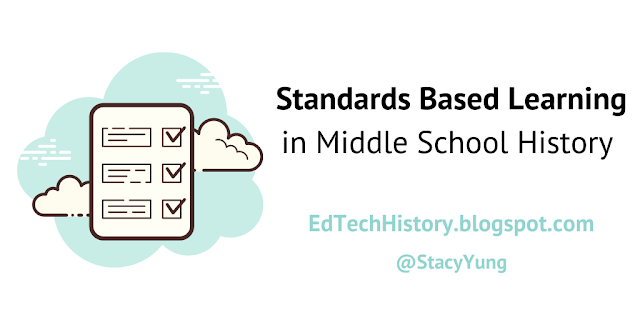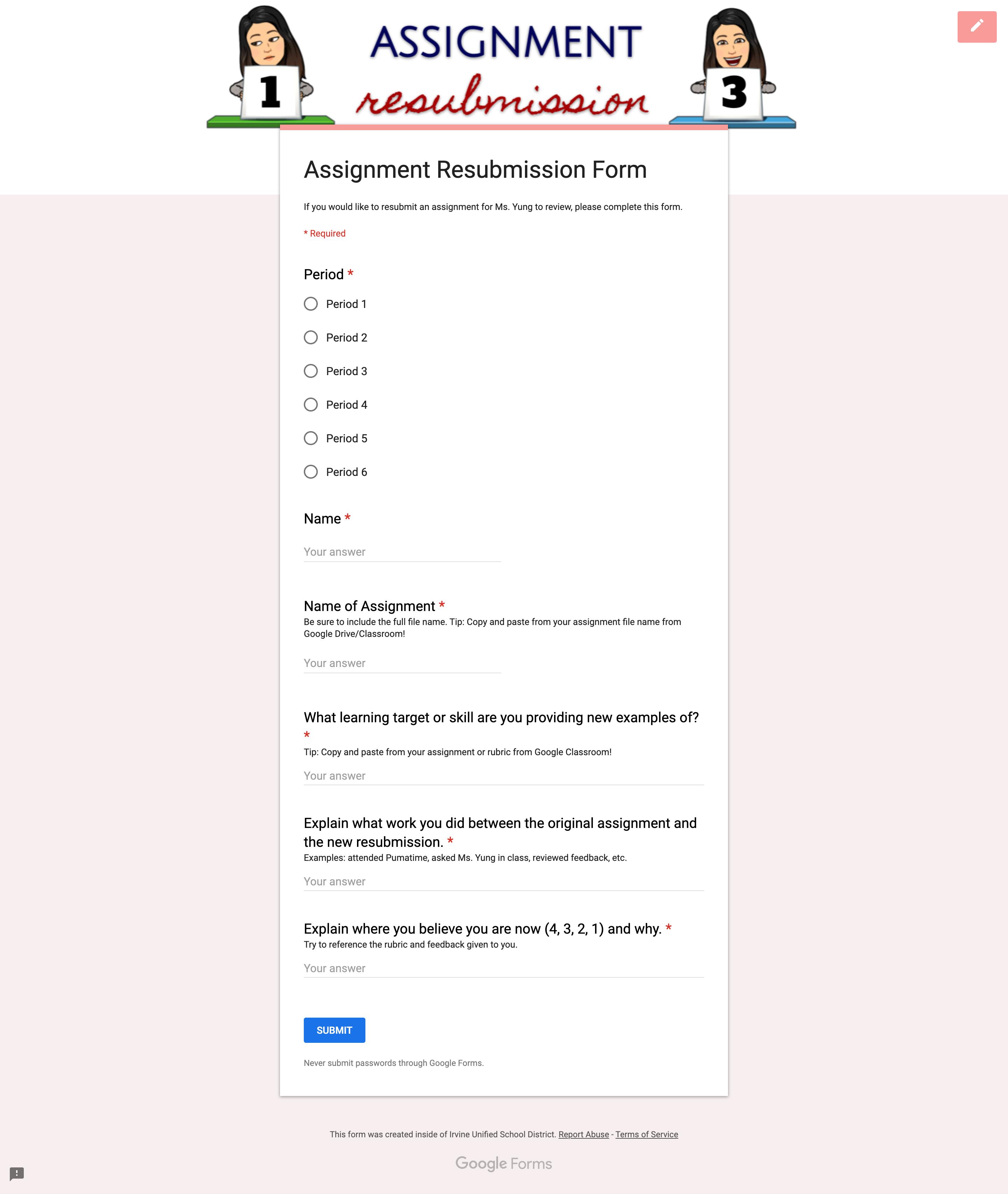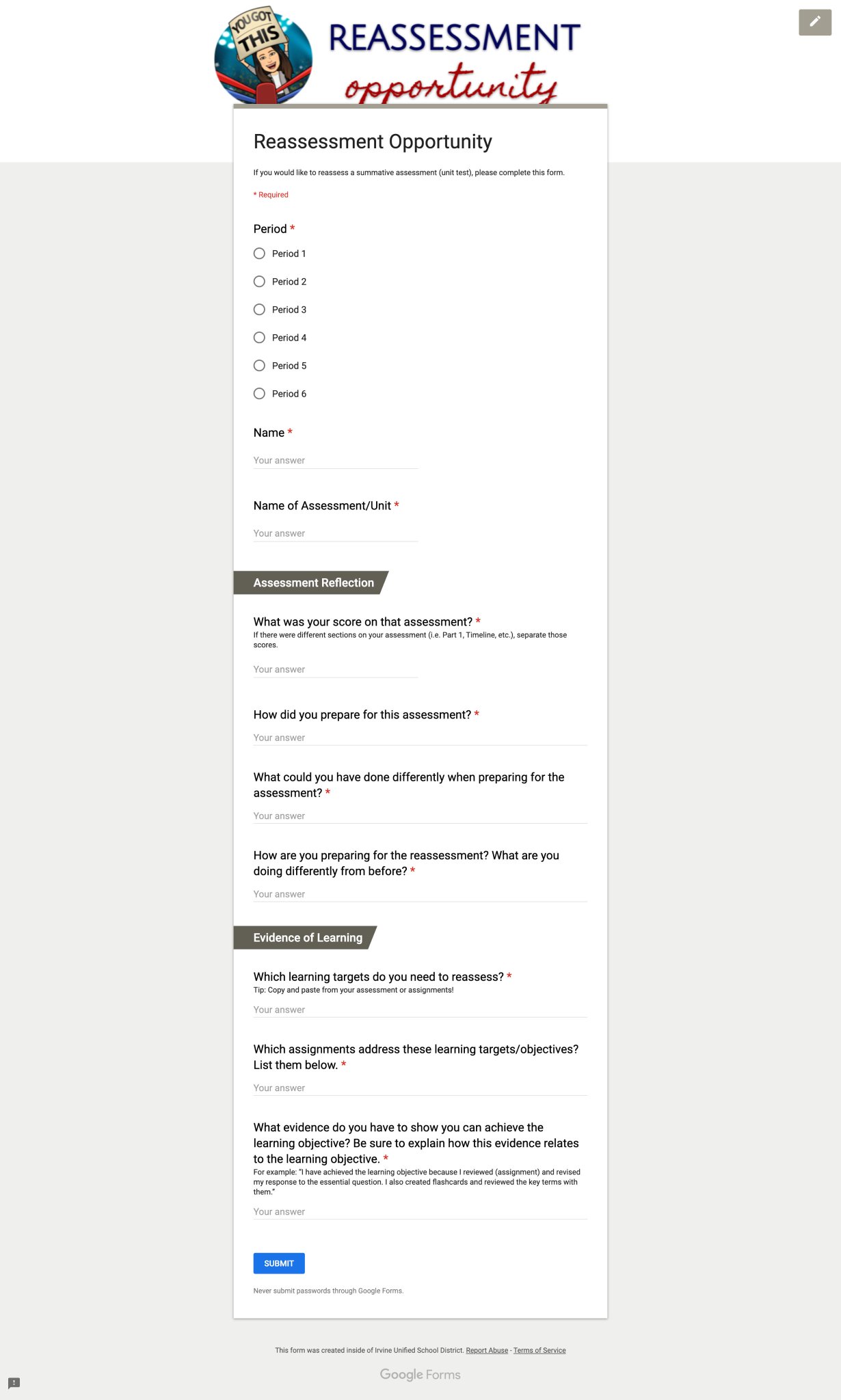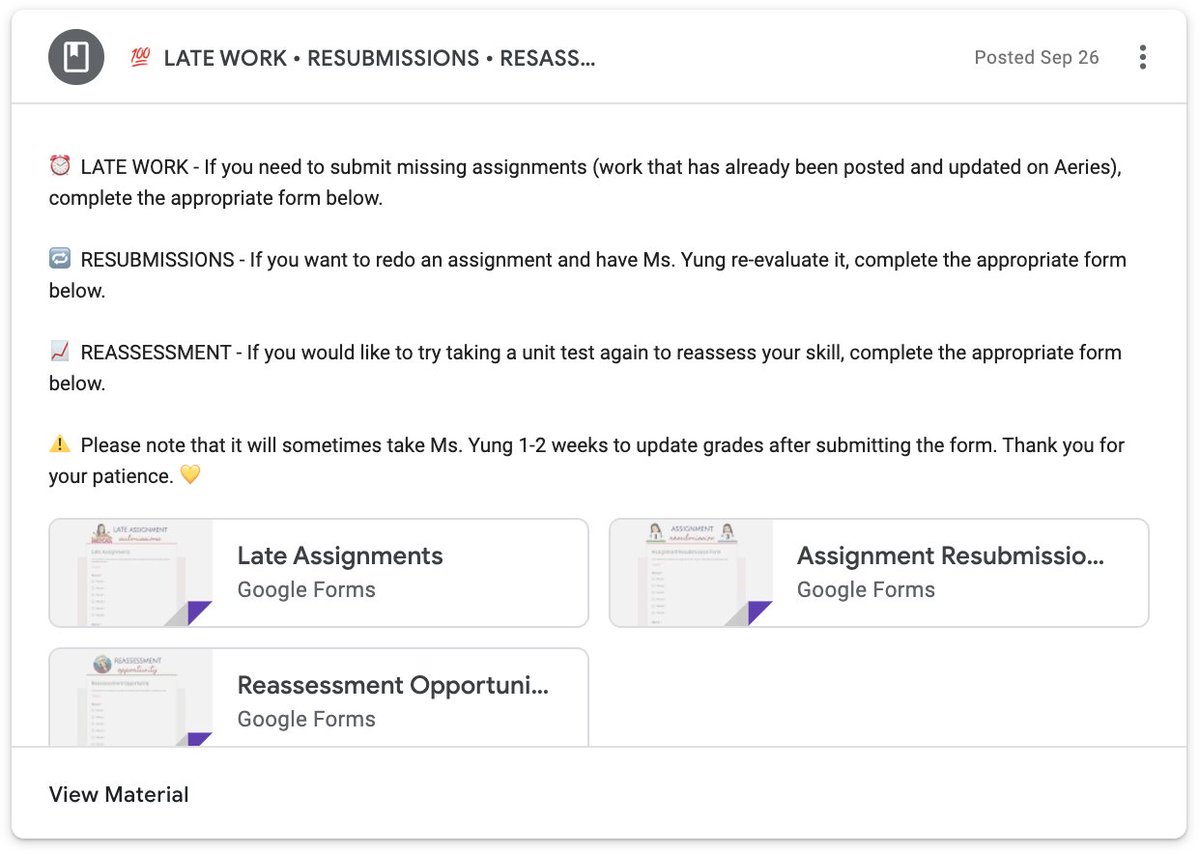This past school year was my first venture in Standards Based Learning (SBL). I spent last summer reading every post in Kathryn Byars' blog and engaged with others on Twitter in a #sblbookclub as I tried to wrap my head around what this would look like in a middle school history classroom.
Here is how I made it work last year along with my reflection of how it went and what changes I plan to make for next year. Last year, I taught 6th and 7th grade at a brand new middle school with no 8th grade yet, hence the lack of 8th grade rubrics and examples.
SBL was easy for me to implement because we were doing this school wide at our middle school so every subject area used this grading system, used the same common language, and used the same letter grade breakdown. I understand that is not always the case when trying something different or new, but I would encourage educators to have conversations across a grade level or school to have some sort of common ground because it does make it immensely easier when implementing and communicating to students and families.
What does SBL look like in my classroom?
Students receive grades based on how well they perform on learning targets. Each learning target has designated success criteria [rubric].
GRADE CATEGORIES (9 total)
- History Social Science Essential Content Standards [CONTENT]
- *4 Historical and Social Sciences Analysis Skills [HSS SKILLS]
- *4 CCSS standards - Literacy in History/Social Studies [LITERACY]
*I updated this and explain the updates below.
YEARLONG GRADEBOOK
Grades do not restart at each trimester, it will continue from August to June. Trimester grades serve as a checkpoint.
COURSEWORK & FORMATIVES
All assignments are completed and tracked in Google Classroom. Coursework and formative assessments do not count towards grade.
SUMMATIVES
Each summative assessment assesses one standard using a 4-3-2-1 rubric. Summatives are both tests and assignments (to assess literacy).
REASSESSMENT
All summative assignments and assessments can be reassessed. Students must relearn the content/skill and complete a Google Form explaining the process of relearning and reflection before reassessment.
Grade Categories - HSS Content, HSS Skills, and Literacy
Content standards are assessed holistically focusing on essential standards based on Marzano's idea of guaranteed and viable curriculum. Which ones have endurance, leverage, and readiness for the next level of learning?
Besides chronological and spatial thinking, the other HSS analytical skills show a level of progression from 6th to 8th grades with a different skill focused also keeping in mind what skills are essential for the following year(s).
CCSS literacy skills (for HSS) also show a level of skill progression from 6th to 8th grade. I emphasized 1 essential reading skill (citing text), 2 essential writing skills (argument + informative), and 1 speaking and listening skill (discussion).
Here are examples of learning targets that also show skills progression for each grade level.
Click here to view all rubrics used
**UPDATE**
I updated my rubrics for this upcoming school year to reflect some changes. My district identified 5 essential/priority HSS skills so I am using those and I scaled back the CCSS literacy standards to 3.
You can see my updated rubrics here.
Gradebook
My district uses Aeries to record grades and student progress. Here is how I communicate to parents regarding what that looks like and how to interpret what they see in Aeries. I modeled this after Kathryn Byars' example.
Assessments
My go-to tools for assessments would have to be Quizizz for formative assessments and Google Forms for both formative and summative assessments. I always gave a formative assessment that was nearly identical to the summative so students could best prepare and knew what to expect. My summative assessments always included short answer questions to assess historical analysis skills.
To get students to reflect on their progress, I created a Show What You Know document that breaks down the formative assessment into learning targets for students to review which ones they knew well and which ones they may need to practice some more. I provide resources for them to practice those learning targets in preparation for the summative assessment.
Here is a presentation I gave on digital assessments that go over how I use these tools (and more!) in my classroom.
- Slides 10-16 are an overview of Quizizz and how I use it.
- Slides 17-20 are how I use Google Forms for formative and summative assessments.
- Slide 21 is an example of Show What You Know for students to reflect on their formative assessment in preparation for their summative assessment.
To assess literacy standards, that was done using Google Docs and Google Classroom. I would utilize the feedback tools (see more below) in Google Docs and Classroom to provide feedback to students when submitting written work. Speaking and listening standards were assessed using Flipgrid and in-class discussions like Socratic Seminars or Smackdowns.
Reassessments
I created Google Forms for students to fill out when wanting to resubmit work to be regraded after reviewing my feedback and an opportunity to reassess a standard or skill.
Both of these forms are posted in a Resources Category in Google Classroom as a material.
These Google Forms all populate ONE Google Sheet so it is one file that I need to open when reviewing these.
Feedback
Every assessment that students submit or complete receives feedback using the rubrics that corresponded with the standard or skill.
Here is what my feedback workflow looks like in Google Classroom utilizing the comment bank feature, comment tool, and rubrics.
Books
Here are some books I read to help me get to where I am in addition to Kathryn Byars' blog.
- Fair Isn't Always Equal: Assessing Grading in the Differentiated Classroom by Rick Wormeli
- Grading from the Inside Out: Bringing Accuracy to Student Assessment Through a Standards-Based Mindset by Tom Schimmer
- Rethinking Grading: Meaningful Assessment for Standards-Based Learning by Cathy Vatterott
- Grading Smarter, Not Harder: Assessment Strategies That Motivate Kids and Help Them Learn by Myron Dueck
My Reflection
What I loved about Standards Based Learning was my students' ability to clearly see and articulate their learning progress. They were able to see on Aeries (gradebook) which standards or skills they were proficient in and which ones they needed to work on. Every assignment and assessment was tied to a specific learning target so students knew exactly what skill or standard they were working on mastering. Because of this, lesson planning and design became so much more intentional and there were actually fewer assignments! Providing feedback definitely takes more time, but the whole learning process is just more intentional and focused.
What needs to change next year are my rubrics since they are missing a clear success criteria. I was making those up as I go so I hope to better clarify to my students what success looks like for each of the rubrics. Additionally, my district is identifying the essential skills district-wide so I will need to change the ones I used last year to align with the district identified skills.
What I wish would change is our grading program, Aeries. It does not track student learning well and does not communicate clearly. There was a lot of confusion throughout the year with grade reporting because we had to find hacks and workarounds to the existing systems.









Comments
Post a Comment